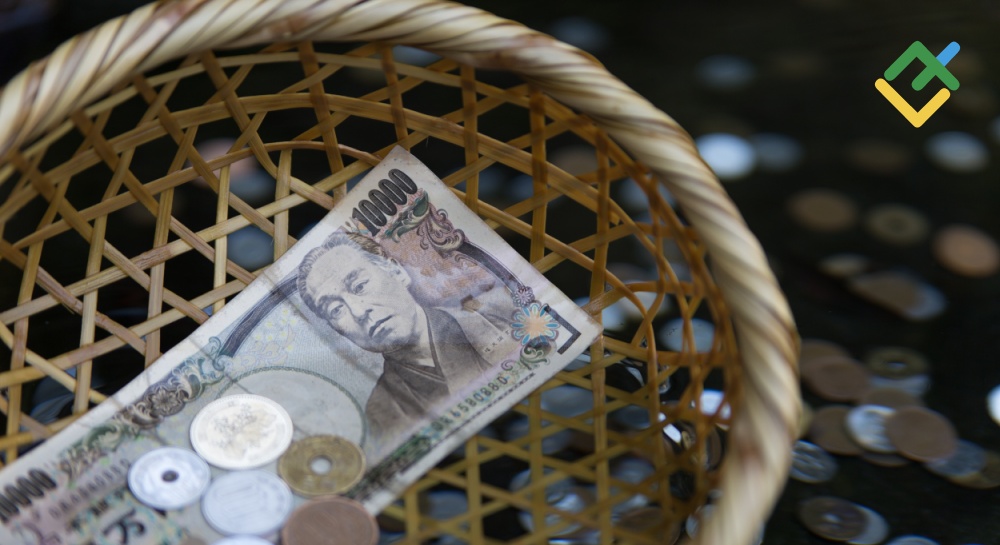The Trump Tariffs Stock Market Crash has sent shockwaves across global financial markets today. As investors scramble for answers, panic is rising. The crash stems from a sweeping set of tariffs announced by Donald Trump, which include a universal 10% import tariff and up to 34% on Chinese goods.
Traders are witnessing red screens across indices as volatility spikes and uncertainty surges. This article serves as your guide to surviving the chaos. We’ll explore the causes, effects, and — most importantly — what investors should do next.
What Triggered the Trump Tariffs Stock Market Crash?
The Trump Tariffs Stock Market Crash wasn’t a surprise to those watching policy shifts closely. In a bold move, President Trump implemented an aggressive tariff policy branded “Liberation Day.” The universal tariff stunned investors who expected only targeted trade restrictions.
These tariffs effectively act as taxes on imports. While aimed at protecting domestic industries, they lead to higher consumer prices. That results in tariff-induced inflation, which is especially dangerous during times of economic uncertainty.
Here’s what happened:
- U.S. Stock Indices: The Dow fell over 900 points within hours. The S&P 500 dropped 2.5%. Nasdaq collapsed 3.1%.
- Global Markets: The FTSE 100 dipped 6%. The Hang Seng plunged 13.2%. Germany’s DAX fell nearly 10%.
- Commodities and Safe Havens: Gold prices rose sharply as investors sought safety. Treasury yields dipped as bond buying surged.
The Trump’s Trade Policies Impact goes far beyond tariffs. His hard stance disrupted years of globalization trends. Businesses now face mounting costs. The supply chain disruptions are real. And global recession risks are rising fast.
How Tariff-Induced Inflation Could Spiral Out of Control
One of the most immediate consequences of the Trump Tariffs Stock Market Crash is tariff-induced inflation. When companies face higher import costs, they pass them to consumers. That leads to rising prices on everything from electronics to groceries.
Example: Imagine a U.S. tech company that imports components from Asia. A 34% tariff on those imports inflates the cost. That company raises prices to protect margins. Consumers pay more. Demand falls. Revenue dips. Stock prices follow.
This inflation adds pressure to the Federal Reserve. It complicates decisions about interest rates. Raising rates to combat inflation could slow economic growth. Cutting rates might encourage spending but stoke more inflation. It’s a dangerous balancing act.
Repeat this scenario across multiple industries, and the threat becomes clear:
- Higher prices reduce consumer spending.
- Businesses delay hiring and expansion.
- Investor confidence collapses.
- Global recession risks skyrocket.
Investors must now factor inflation into every decision. Defensive positioning is more important than ever.
Investor Strategies During Market Volatility
The Trump Tariffs Stock Market Crash has introduced high volatility. That volatility won’t disappear anytime soon. Successful investors adapt quickly. They remain calm while everyone else panics.
Let’s look at proven investor strategies during market volatility:
- Don’t Panic Sell
- Emotional reactions lead to losses.
- Selling at lows locks in those losses permanently.
- Review and Rebalance
- Examine portfolio exposure to global trade.
- Shift allocations toward defensive sectors.
- Buy Quality on Dips
- Stocks with strong balance sheets recover faster.
- Look for companies with low debt and consistent earnings.
- Add Defensive Assets
- Gold, utility stocks, and bonds help offset risk.
- Consider ETFs that track consumer staples.
- Use Dollar-Cost Averaging
- Invest fixed amounts regularly.
- This reduces the risk of entering the market at the wrong time.
During the 2020 COVID crash, many investors sold out in fear. Those who held firm or bought on the dip saw massive gains by 2021. Learn from history.
Global Recession Risks Now Seem Unavoidable
Every major investment bank now talks openly about global recession risks. JPMorgan raised the odds of a U.S. recession to 50%. Goldman Sachs isn’t far behind. Why?
The reasons are mounting fast:
- Trade Wars Slow Growth: Tariffs restrict trade volume. Exports drop. Imports become expensive.
- Investor Confidence Wanes: Fear drives capital away from equities.
- Corporate Margins Shrink: Higher input costs reduce profits.
- Inflation Accelerates: Tariff-induced inflation affects consumer behavior.
During the 2008 recession, trade volumes dropped by 20%. Now, global shipping rates are already declining. Investors can no longer ignore these signs.
In fact, major economies like Germany and Japan are flashing warning signals. Their GDP growth is stalling. China has reported its weakest export data since 2015. These patterns aren’t isolated.
Here’s what investors should monitor:
- Central bank statements on inflation and growth.
- Employment reports from key economies.
- Global manufacturing data.
Reacting too late to global recession risks could cost investors dearly.
How to Hedge Your Portfolio During the Trump Tariffs Stock Market Crash
With tariff-induced inflation and slowing global growth, hedging is essential. Hedging protects capital while maintaining some upside potential. Think of it as insurance for your investments.
Effective hedging strategies include:
- Gold Exposure
- Gold thrives during uncertainty.
- SPDR Gold Shares (GLD) is a popular ETF.
- Inverse ETFs
- These gain when markets fall.
- Consider ProShares Short S&P500 (SH).
- Put Options
- Buying puts on indices provides downside protection.
- Ideal for experienced investors.
- Defensive Sector Rotation
- Shift from tech to healthcare, utilities, and consumer staples.
- These sectors outperform during downturns.
Example: During the 2008 crash, utility stocks dropped just 15%. Tech dropped 45%. Defensive positioning matters.
With the Trump Tariffs Stock Market Crash creating fear-driven volatility, these hedges become more valuable every day.
Long-Term Outlook and What to Watch Next
Markets may continue falling in the short term. But the long-term outlook depends on whether Trump adjusts his stance. If trade negotiations resume, confidence could return.
Yet if tariffs remain or increase, markets will stay under pressure. Earnings season will provide further insight into how deeply companies are affected. Retail giants like Walmart and Target could signal tariff-induced inflation if their margins shrink.
Investors should pay close attention to:
- Earnings Reports
- Tariff Policy Updates
- Interest Rate Decisions
- Consumer Sentiment Index
In 2018, markets recovered after temporary tariff rollbacks. But this time, Trump appears more committed. He called the tariffs a “beautiful thing to behold.” That signals a long road ahead.
Remember that Trump’s Trade Policies Impact reaches far beyond tariffs. His approach reshapes trade diplomacy, supply chains, and consumer behavior.
Final Thoughts: What Investors Should Do Now
The Trump Tariffs Stock Market Crash today has rattled even seasoned investors. However, those who stay informed and take calculated action will weather the storm. Emotional decisions will lead to regret.
Here’s your action plan:
- Stay Calm: History rewards patience.
- Diversify Wisely: Don’t rely on a single sector or asset.
- Hedge Strategically: Use gold, bonds, and inverse ETFs.
- Monitor Inflation: Watch for signs of tariff-induced inflation in earnings and economic data.
- Think Long-Term: Corrections create buying opportunities.
Above all, understand that volatility is normal. Investors who succeed through crises stay informed, adaptable, and disciplined.
Markets move in cycles. The Trump Tariffs Stock Market Crash may feel unprecedented, but it will pass. Your financial future depends not on what markets do — but on how you respond.
Click here to read our latest article How Does U.S. Tariffs Affect Major Currency Pairs in Forex?
This post is originally published on EDGE-FOREX.






